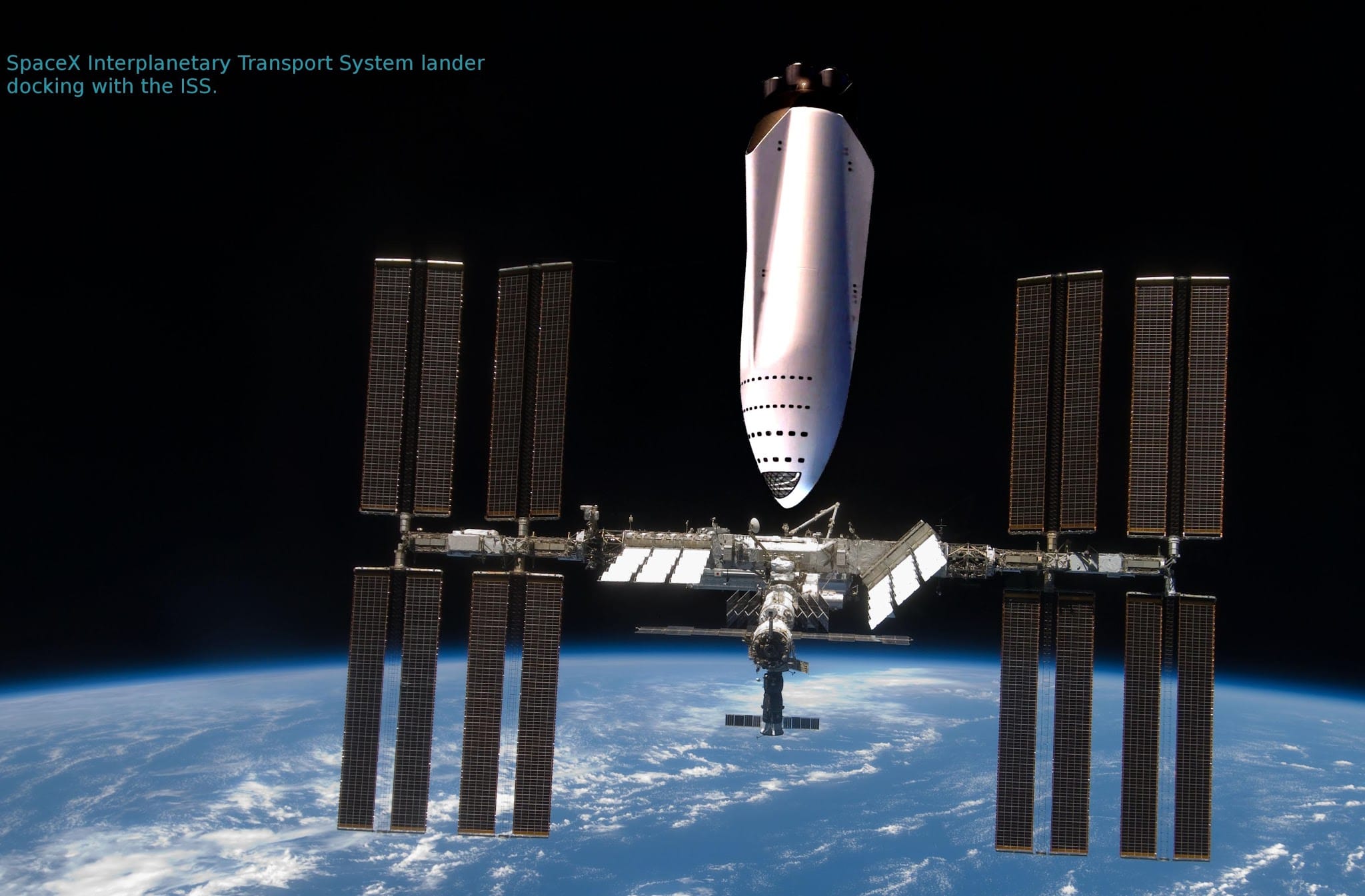The night sky is a canvas of wonder, and on certain occasions, it presents a spectacular display that captivates the attention of skywatchers around the world. One such event is the appearance of the full Wolf Moon, which will be visible in its entirety, casting a silvery glow across the landscape. This year, the Wolf Moon will not only illuminate the night but will also overtake the planet Mars, creating a stunning visual spectacle for those who take the time to look up.
The term “Wolf Moon” originates from Native American traditions, where it was named after the howling of wolves that could be heard during the cold winter months. This full moon typically occurs in January and is known for its bright and bold appearance. As the moon reaches its peak fullness, it will rise in the eastern sky, providing a breathtaking sight for observers.
In addition to the Wolf Moon, Mars will be prominently featured in the night sky. Known as the Red Planet, Mars has long fascinated humanity with its distinct reddish hue, which is a result of iron oxide, or rust, on its surface. As the full moon rises, it will appear to overtake Mars, creating a unique visual effect that will be particularly striking for those with telescopes or binoculars.
This celestial event is not just limited to the moon and Mars. Stargazers will also have the opportunity to witness a planetary parade, where several planets align in the night sky. This phenomenon occurs when the planets are positioned in such a way that they can be seen in a line from a specific vantage point on Earth. The parade may include other planets such as Jupiter, Saturn, and Venus, each contributing to the overall beauty of the night sky.
For those interested in observing this event, it is advisable to find a location with minimal light pollution. Urban areas often have bright lights that can obscure the view of celestial bodies, so heading to a more rural or elevated area can enhance the experience. Additionally, checking the local weather forecast is essential, as clear skies will provide the best visibility for this astronomical display.
Timing is also crucial for witnessing the full Wolf Moon and its interaction with Mars. The moon will rise at a specific time, and it is important to be prepared to observe it as it ascends into the sky. The best viewing times will vary depending on geographical location, so consulting an astronomical calendar or app can provide precise information.
As the moon rises, it will create a beautiful contrast against the darkening sky, and the sight of Mars nearby will add to the allure of the evening. The combination of the full moon and the Red Planet will serve as a reminder of the vastness of our universe and the beauty that can be found in the night sky.
In addition to the visual spectacle, this event also presents an opportunity for education and engagement with astronomy. Many local observatories and astronomy clubs may host events or gatherings to celebrate the occasion, providing resources and knowledge for those interested in learning more about the cosmos. Engaging with fellow enthusiasts can enhance the experience and foster a deeper appreciation for the wonders of space.
The full Wolf Moon and the alignment with Mars is not just a momentary event; it is a reminder of the cyclical nature of celestial phenomena. Each year, the full moon returns, and with it, the chance to witness the beauty of our solar system. This event serves as an invitation to explore the night sky, to ponder the mysteries of the universe, and to connect with the natural world around us.
As the night unfolds, the full Wolf Moon will rise, casting its glow and overtaking Mars, while the planetary parade adds to the celestial display. This event is a celebration of the beauty of astronomy and the wonders that lie beyond our planet. Whether you are an experienced astronomer or a casual observer, this is an opportunity to step outside, look up, and marvel at the night sky.



